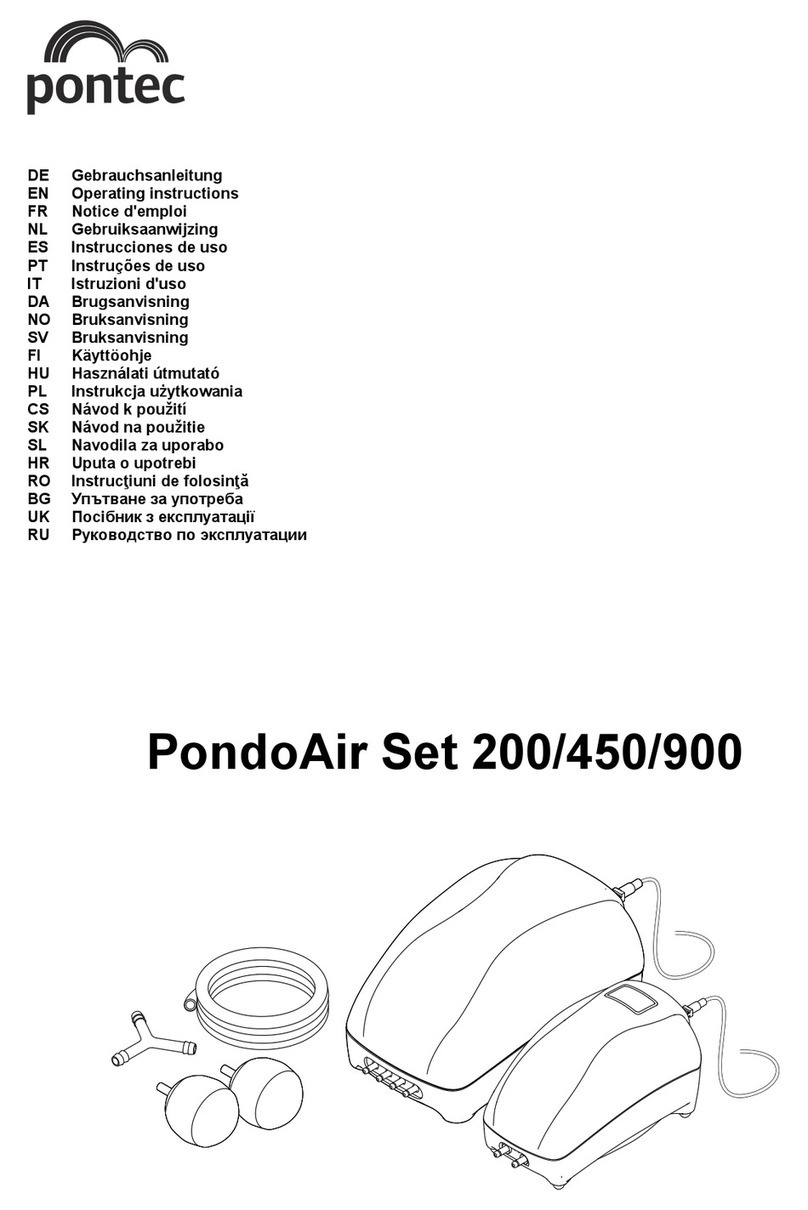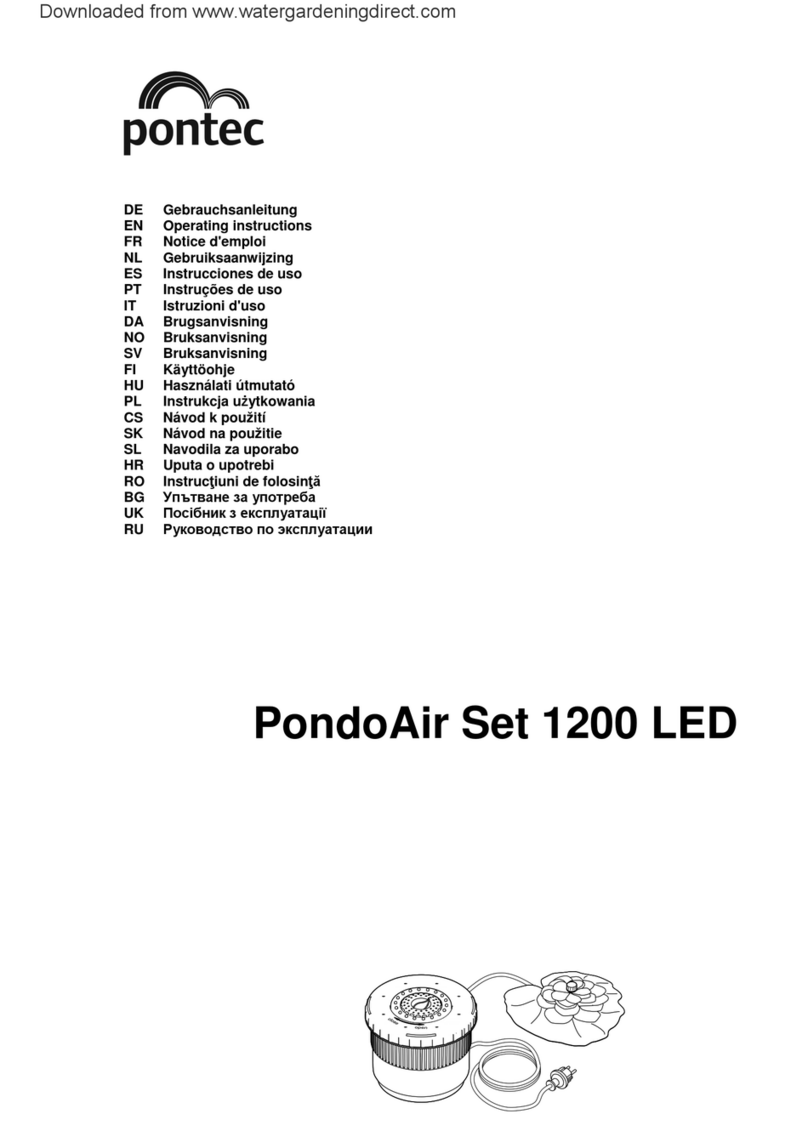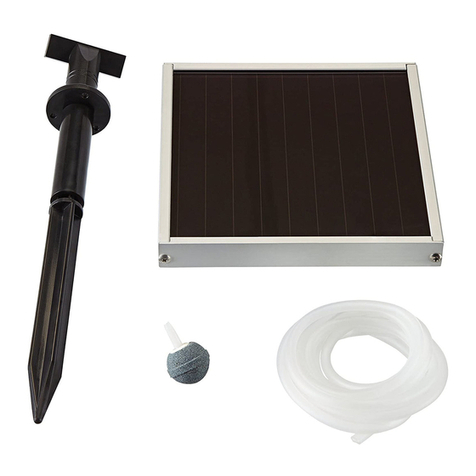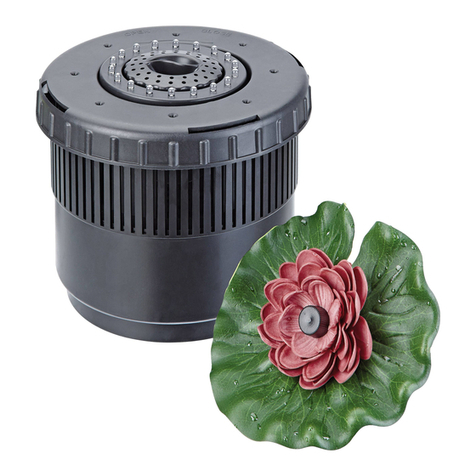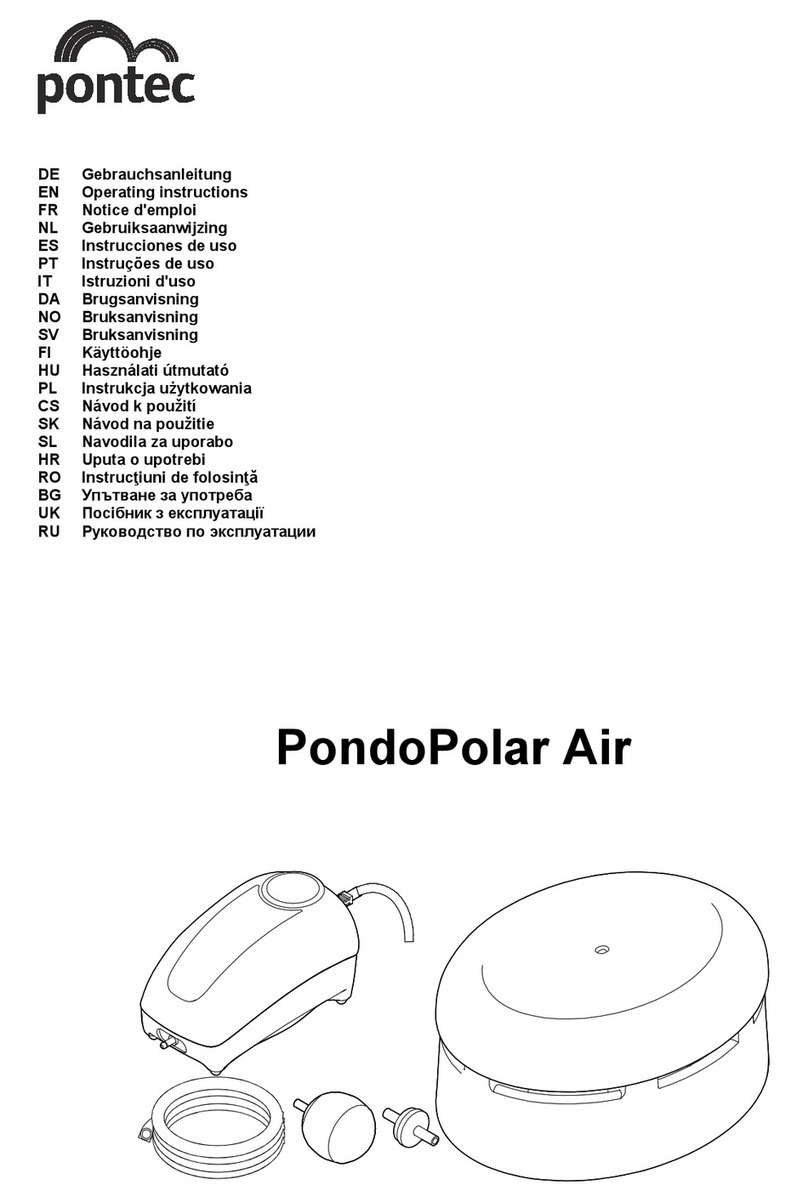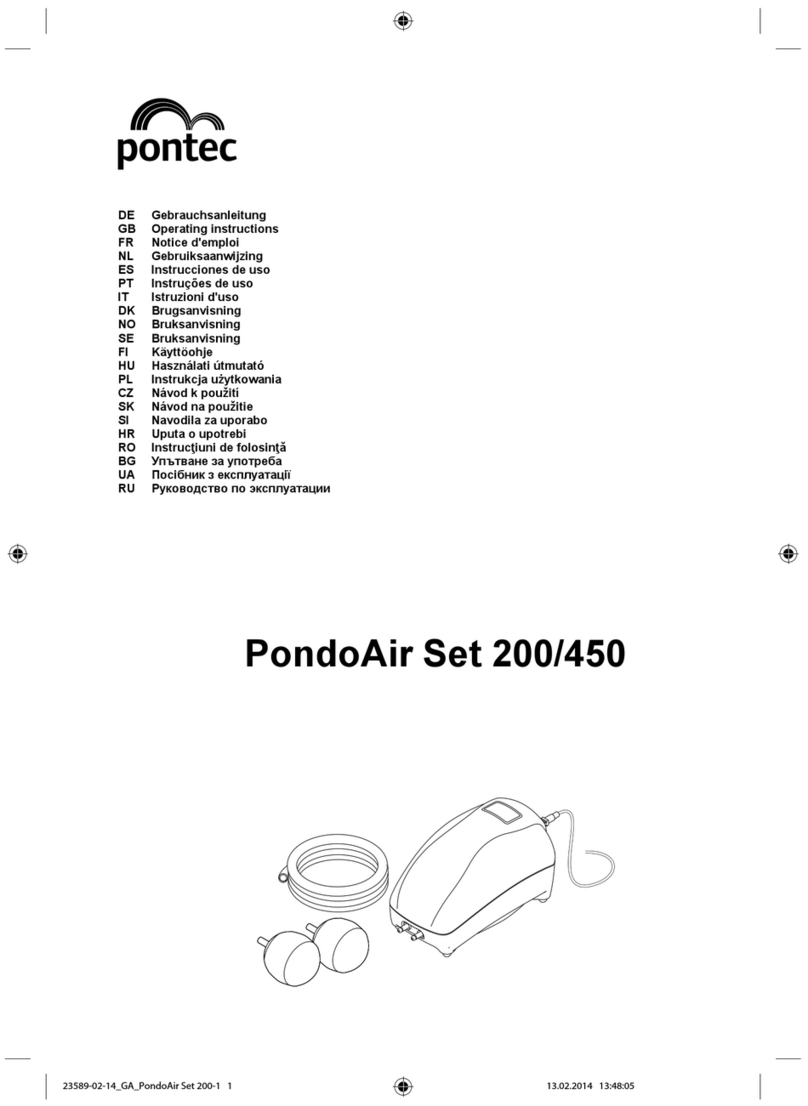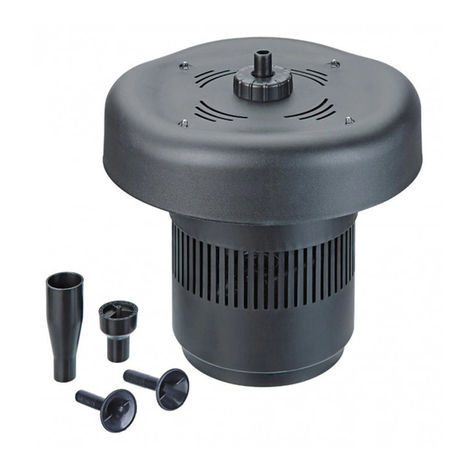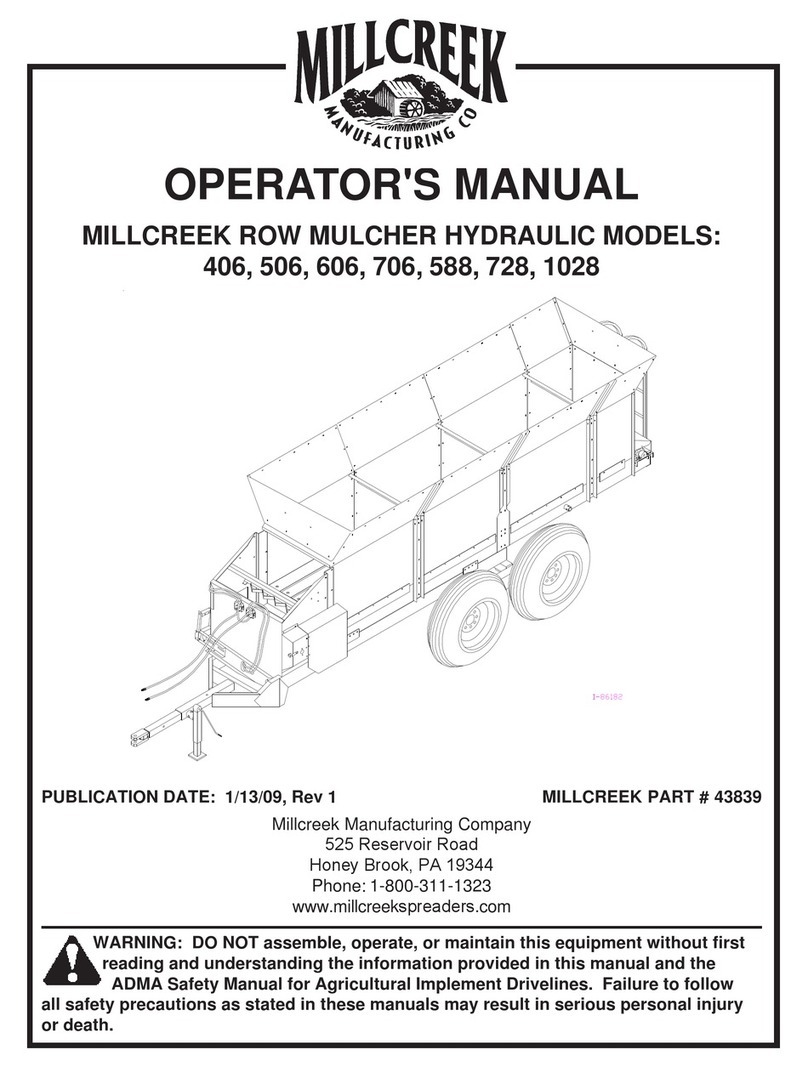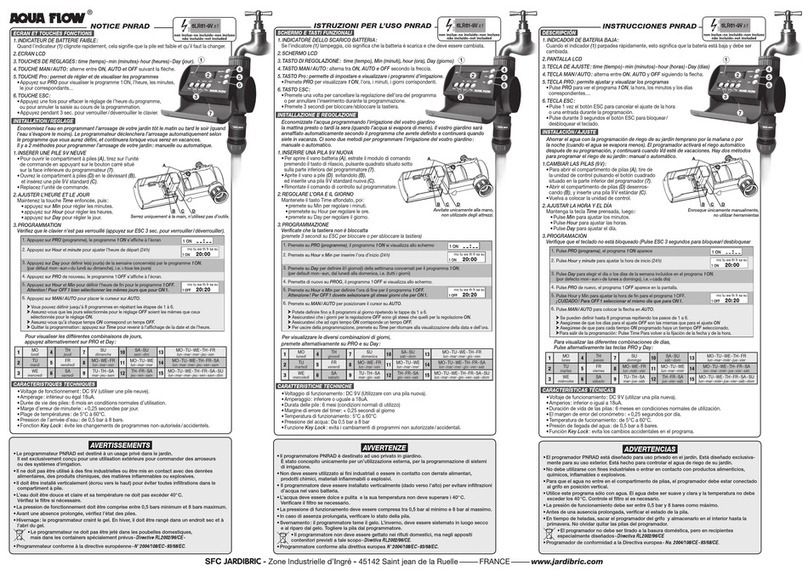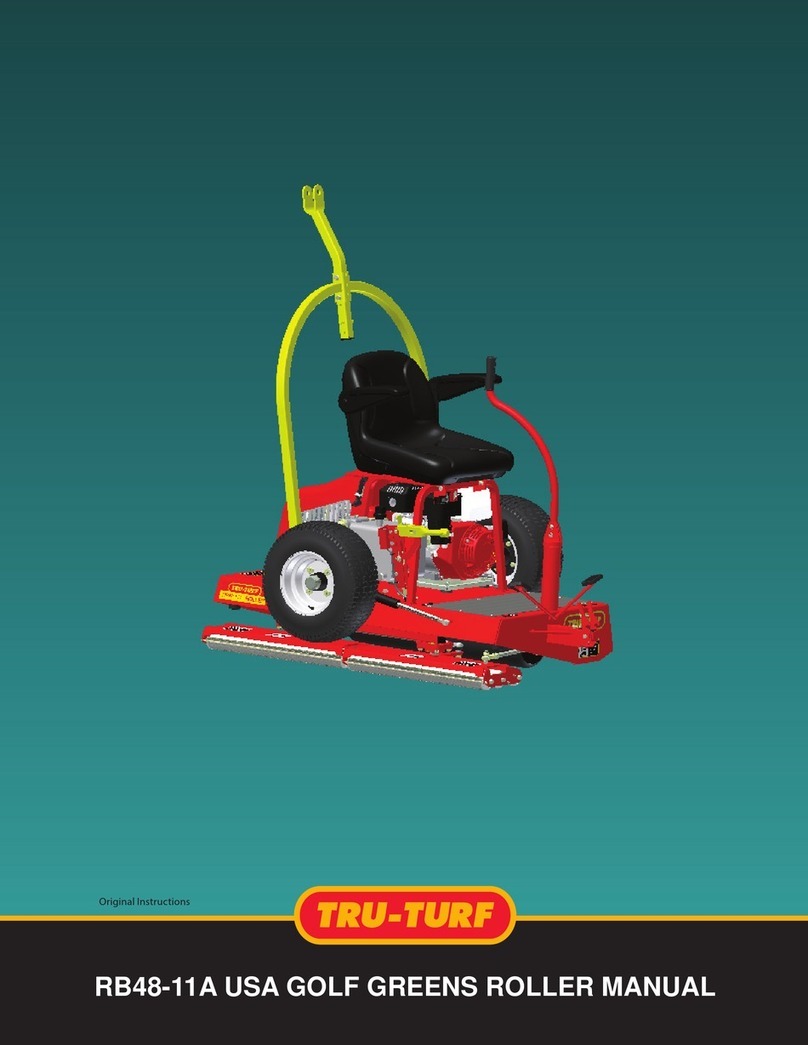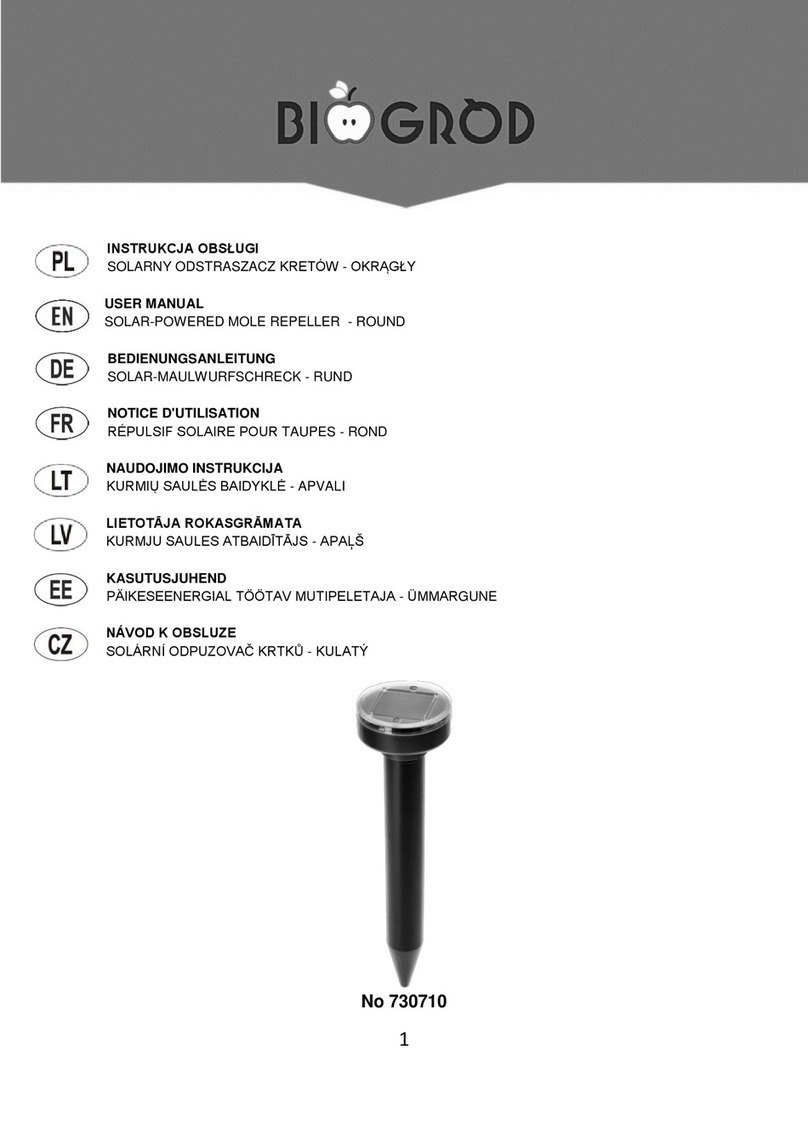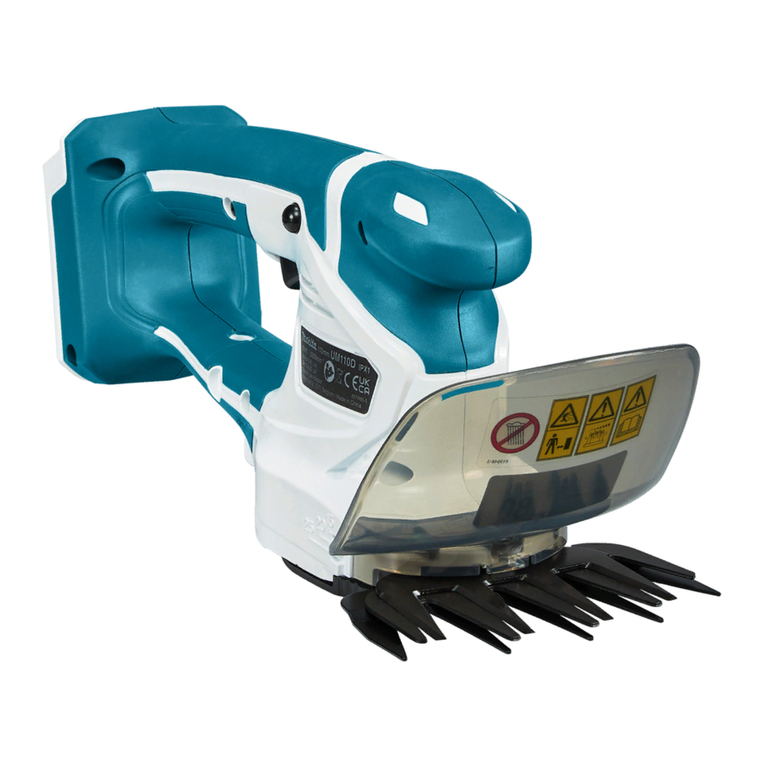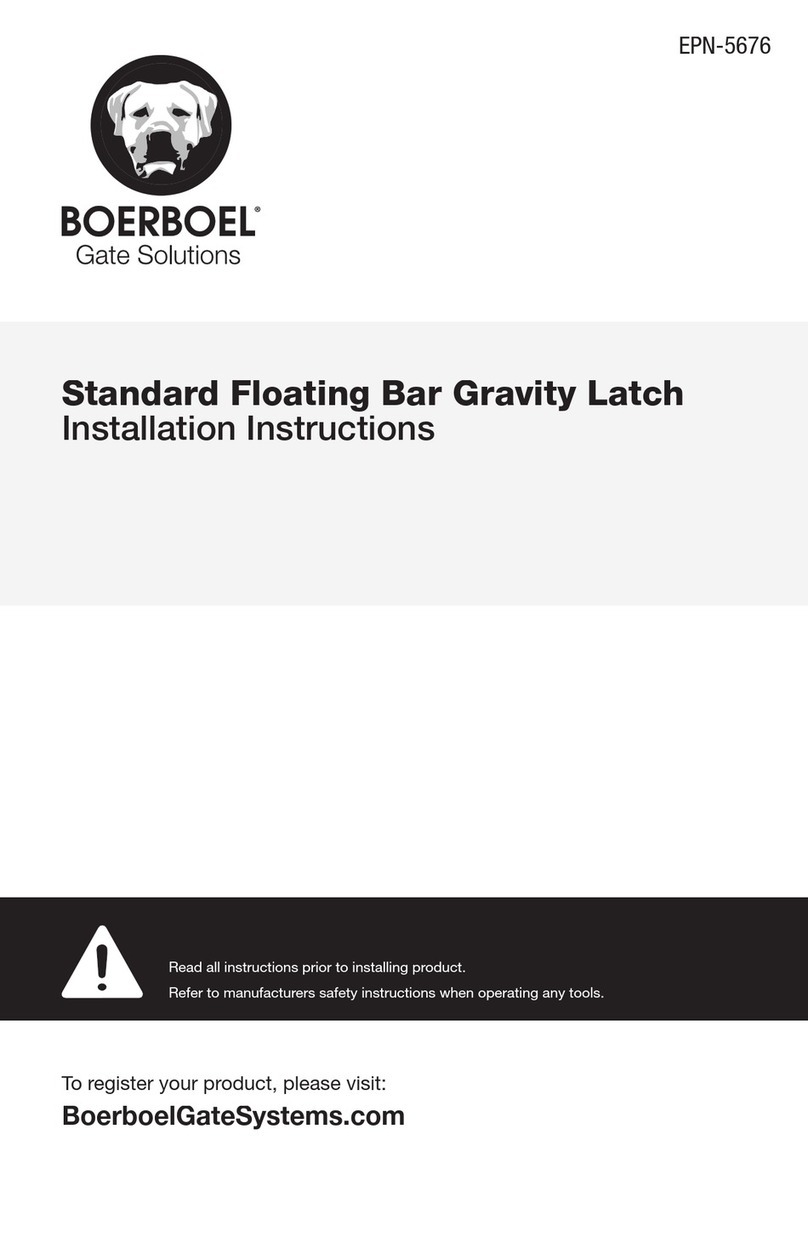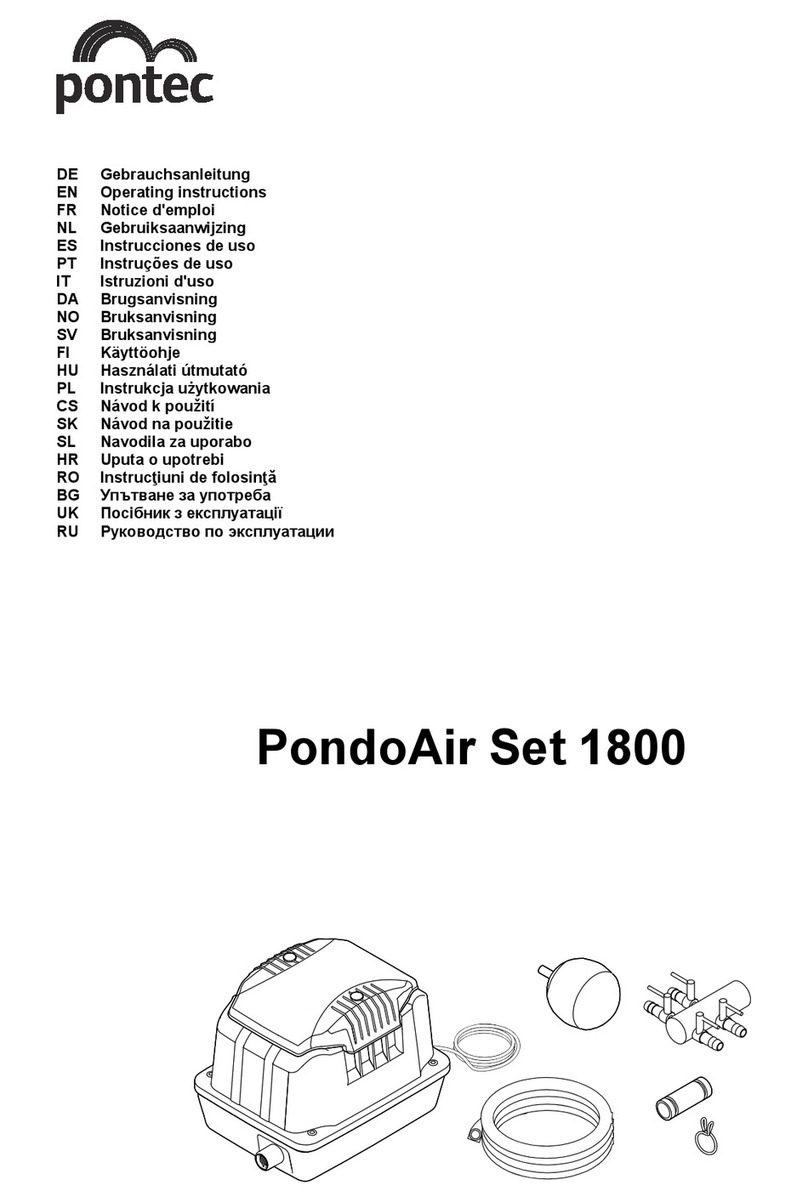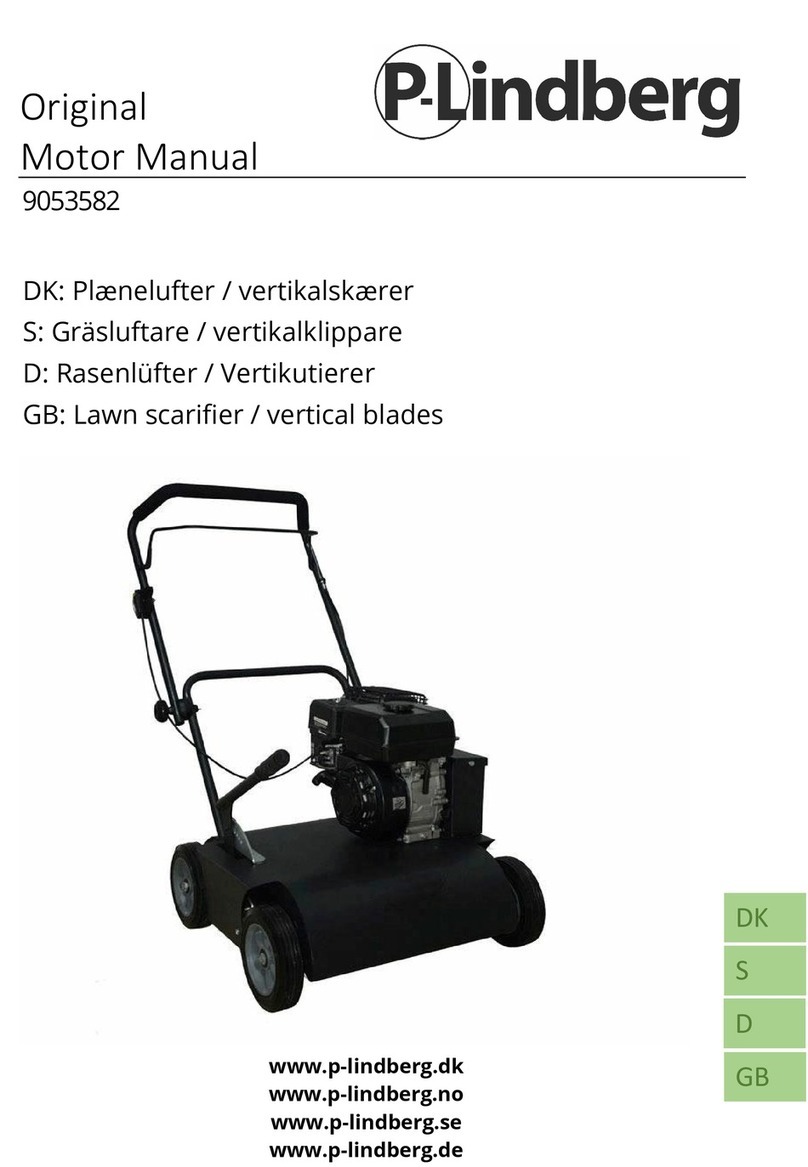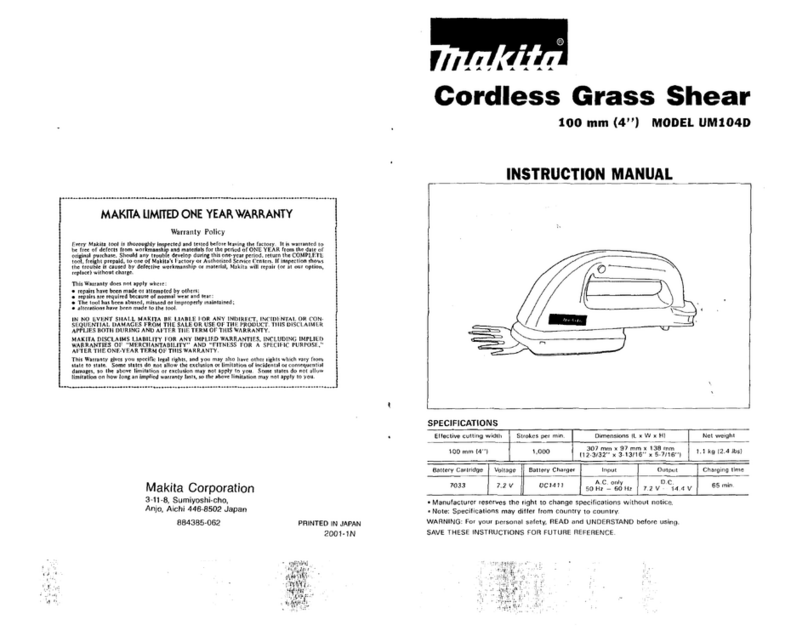
- DE -
7
Sicherheitshinweise
Dieses Gerät kann von Kindern ab 8 Jahren und darüber sowie von
Personen mit verringerten physischen, sensorischen oder mentalen
Fähigkeiten oder Mangel an Erfahrung und Wissen benutzt werden,
wenn sie beaufsichtigt oder bezüglich des sicheren Gebrauchs des
Gerätes unterwiesen wurden und die daraus resultierenden Gefah-
ren verstehen. Kinder dürfen nicht mit dem Gerät spielen. Reinigung
und Benutzerwartung dürfen nicht von Kindern ohne Beaufsichtigung
durchgeführt werden.
Gefahren durch die Kombination von Wasser und Elektrizität
Die Kombination von Wasser und Elektrizität kann bei nicht vorschriftsmäßigem Anschluss oder unsachgemäßer
Handhabung zum Tod oder zu schweren Verletzungen durch Stromschlag führen.
Bevor Sie in das Wasser greifen, immer alle im Wasser befindlichen Geräte spannungsfrei schalten.
Vorschriftsmäßige elektrische Installation
Elektrische Installationen müssen den nationalen Errichterbestimmungen entsprechen und dürfen nur von einer
Elektrofachkraft vorgenommen werden.
Eine Person gilt als Elektrofachkraft, wenn sie auf Grund ihrer fachlichen Ausbildung, Kenntnisse und Erfahrungen
befähigt und berechtigt ist, die ihr übertragenen Arbeiten zu beurteilen und durchzuführen. Das Arbeiten als Fach-
kraft umfasst auch das Erkennen möglicher Gefahren und das Beachten einschlägiger regionaler und nationaler
Normen, Vorschriften und Bestimmungen.
Bei Fragen und Problemen wenden Sie sich an eine Elektrofachkraft.
Der Anschluss des Gerätes ist nur erlaubt, wenn die elektrischen Daten von Gerät und Stromversorgung überein-
stimmen. Die Gerätedaten befinden sich auf dem Typenschild am Gerät, auf der Verpackung oder in dieser Anlei-
tung.
Das Gerät muss über eine Fehlerstrom-Schutzeinrichtung mit einem Bemessungsfehlerstrom von maximal 30 mA
abgesichert sein.
Verlängerungsleitungen und Stromverteiler (z. B. Steckdosenleisten) müssen für die Verwendung im Freien geeig-
net sein (spritzwassergeschützt).
Der Sicherheitsabstand des Gerätes zum Wasser muss mindestens 2 m betragen.
Schützen Sie Steckerverbindungen vor Feuchtigkeit.
Schließen Sie das Gerät nur an einer vorschriftsmäßig installierten Steckdose an.
Sicherer Betrieb
Bei defekten elektrischen Leitungen oder defektem Gehäuse darf das Gerät nicht betrieben werden.
Tragen oder ziehen Sie das Gerät nicht an der elektrischen Leitung.
Verlegen Sie Leitungen geschützt vor Beschädigungen und achten Sie darauf, dass niemand darüber fallen kann.
Öffnen Sie das Gehäuse des Gerätes oder zugehöriger Teile nur, wenn Sie dazu in der Anleitung ausdrücklich auf-
gefordert werden.
Führen Sie nur Arbeiten am Gerät durch, die in dieser Anleitung beschrieben sind. Wenden Sie sich an eine autori-
sierte Kundendienststelle oder im Zweifelsfall an den Hersteller, wenn sich Probleme nicht beheben lassen.
Verwenden Sie nur Original-Ersatzteile und -Zubehör für das Gerät.
Nehmen Sie niemals technische Änderungen am Gerät vor.
Die Anschlussleitungen können nicht ersetzt werden. Bei einer beschädigten Leitung muss das Gerät bzw. die Kom-
ponente entsorgt werden.
Halten Sie die Steckdose und den Netzstecker trocken.

